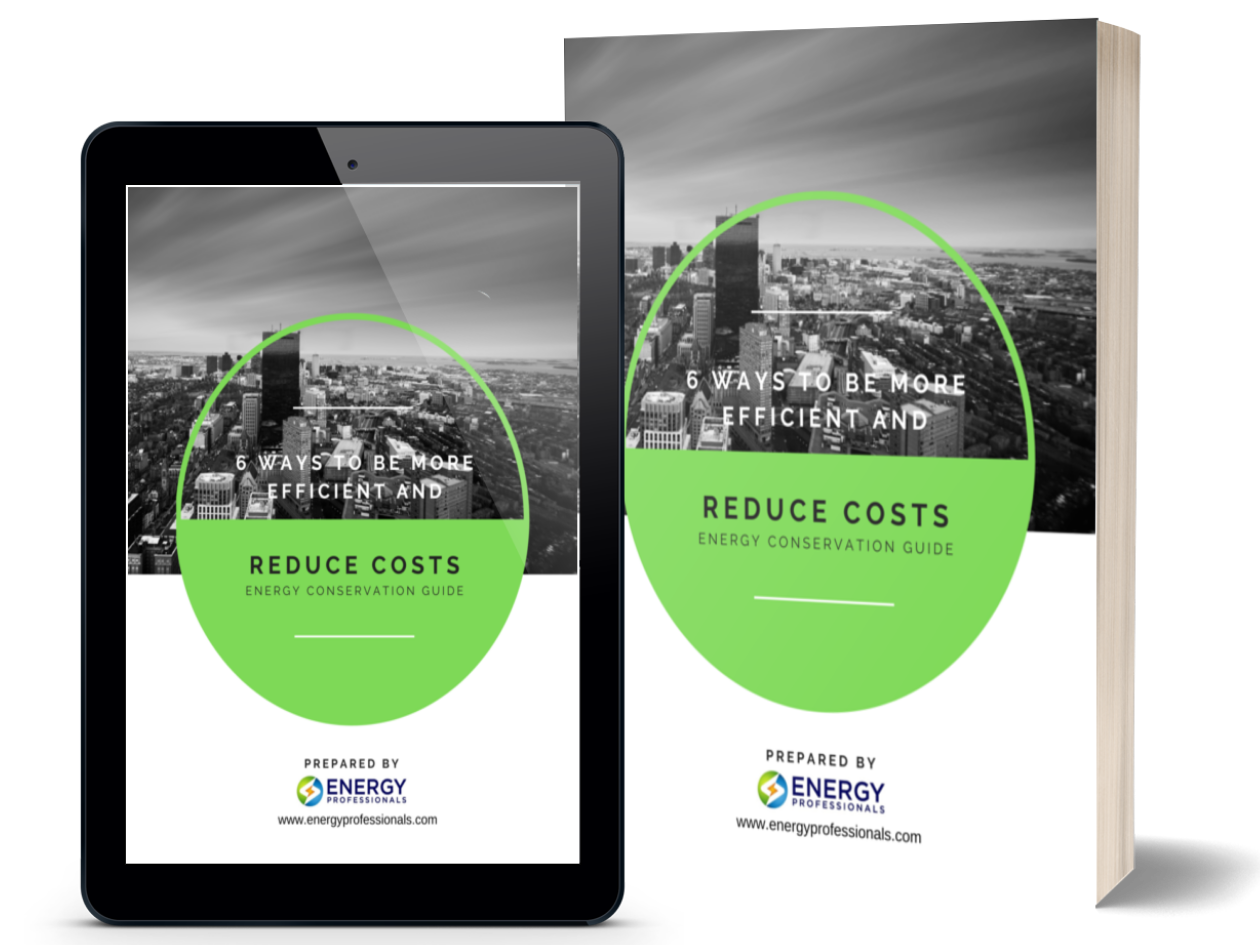The Biggest Power Outage in U.S. History
The U.S. power grid made up of the West, East, and Texas power grids, and is composed of over 450,000

The U.S. power grid made up of the West, East, and Texas power grids, and is composed of over 450,000
The U.S. power grid made up of the West, East, and Texas power grids, and is composed of over 450,000 miles of high voltage transmission lines that supply more than 140 million industrial, business, and residential customers with electricity. Quite the network!
When we arrive at the office in the morning or come home at the end of the day, we flip a switch and the lights turn on. We are so dependent on electricity that we rarely give any consideration as to where our electricity comes from and the wires, transmitters, and transformers it travels through to arrive at our office or home. We just expect that electricity is always readily available. Unfortunately, that is not always the case.
In the U.S., power outages not only occur often, but they are also increasing each year. For example, in Vermont and West Virginia, customers experience at least one power outage every year that lasts at least five minutes. Minnesota also experiences frequent power outages.
While some power outages can last from half a day to several days, the average power outage in the U.S. lasts 100 minutes and most power outages are fixed quickly and do not cause much if any damage. While for the business, they can cause a loss in production.
Over the years, there have been many significant power outages, the worst one being the Northeast Blackout of 1965.
On November 9, 1965, the Northeast Blackout left more than 30 million people without power for 13 hours, affecting most of the Northeastern U.S., including Connecticut, Massachusetts, New Hampshire, New Jersey, New York, Rhode Island, Pennsylvania, and Vermont.
The cause of the blackout was said to be human error. A few days before the blackout, a protective relay was incorrectly set on a transmission line near a Niagara generation station in Queenston Ontario. A “protective relay” is a device that monitors the flow of power through power lines and trips a circuit breaker when it notices an irregular flow of power. The blackout was traced to a maintenance worker who did not set the protective relay high enough.
On November 9, with a drop in temperature, customers started using more power to heat their homes putting a strain on the system, which in turn set off a chain reaction. A small surge in power that originated in Lewiston New York tripped the relay that was set too low. This deactivated a major power line that supplied power for most of Northern Ontario. The rest of the power that has been flowing through the line was diverted, overloading several other major power lines in turn tripping their relay. With nowhere else to go, the power flowed through power lines to New York, where it overloaded those systems too. This all took place in less than five minutes.
In some cities and parts of states, the blackout lasted for up to 13 hours and affected over 30 million people. To prevent similar situations from occurring in the future, the Electric Power Research Institute designed new systems for monitoring lines and equipment which are in use today.
It may be a tad late in this article to bring this up but now that we’ve given you an example of a major power outage and how it was caused, let’s quickly look at what a power outage is and what causes a power outage.
A power outage also called a blackout or a power failure is the loss of electrical power in the power grid or supply that affects you as the end-user.
As electrical power flows through the power grid it travels through lines, relay points, and transformers before it arrives at your business or home. Any failure or interruption along this network can cause a power outage; faults at power stations, damage to power transmission lines, short circuits, and system overloads are some examples.
There are three main types of power outages:
1) A transient fault is a short loss of power, typically caused by a fault on a power line. A “fault” is simply an abnormal flow of electrical current. Transient faults occur due to the power line’s transient nature. During a transient fault, you will experience a brief loss of power with power automatically turning back on once the fault is cleared.
2) A brownout is a drop in voltage in an electrical power supply. The term brownout comes from the dimming experienced by lighting when the voltage sags. Brownouts can cause poor performance of equipment or even incorrect operation.
3) A blackout is the total loss of power. Blackouts affect many businesses and homes specific to a power zone or area. Blackouts are the most severe form of a power outage that can occur.
4) Rolling blackouts, or rotating outages, are systematic, temporary power outages that help bring balance to the supply and demand of electricity in the market. Usually, the government agency that oversees the power grid in your state will call for rolling blackouts and your electric utility will administer temporary outages to one area at a time to limit the duration of the outages for each area. Rolling blackouts are typically the last step in a series of emergency procedures after a power supply shortage is detected in the market.
If you experience a power outage in your home or business here are some things you can do:
The first thing you should do if you experience a power outage is try and see if you can find a cause for it by checking your circuit breaker. Using your phone or a flashlight, check your main electrical panels for any tripped breakers. By switching your breakers, power should be restored.
If your power is not restored when you switch a breaker back on, or if you didn’t find any tripped breakers, check to see if your neighbors are also experiencing a loss of power. Power outages usually occur in a specific zone or area.
Contact your local utility and alert them about the outage. Utility companies can generally fix a power outage within minutes and in cases where equipment is damaged or requires maintenance, a few hours.
Unplug appliances such TVs and computers to avoid damage in case of a power surge.
Maintain calm, comfortable, and safe. As power outages become more frequent, so are the ways to fix them. And while things are being done to turn the power back on, your safety is most important.
With an increasing demand for power in the U.S., we are starting to experience power outages more frequently and they are affecting more people. According to Bloomberg energy, 2019 saw 25,281 blackouts which were a 23% increase from 2018. In 2019, 28.4 million people were affected, which was a 50% increase from 2018.
For homeowners, a power outage can be uncomfortable and prolonged power outages can create a lot of damage and hardship. For businesses, power outages mean loss of production. The bigger your business and the longer the power outage will determine how much production is lost, but in some cases, it can mean a lot.
While a power outage is not something you can control but it is something you can avoid.
Energy Professionals works with industrial and business energy customers to reduce overall energy consumption and create energy independence through designing tailored systems that will help you be completely independent of the grid. Not only during blackouts or power outages but forever, giving you a completely new level of reliability.


Don't have one? You can get one by calling us at 855-4-PKIOSK.
Energy Professionals is committed to finding its customers the best possible rates on electricity and natural gas. Tell us your location and service type and our energy manager will connect you to the most competitive offers.
Switching to an alternate supplier is easy. There is no chance of service disruption, and you'll continue with your current utility for energy delivery and emergency service. Take a few minutes to discover your best offers, and enjoy the benefits of retail energy in your home or business.
1. Energy Type
2. Service Type
3. Zip Code
4.Local Company
5.Zone
We believe that knowledge is power. Here’s a free e-book that provides business solutions to reducing energy costs.
Download E-Book Free Energy Audit




